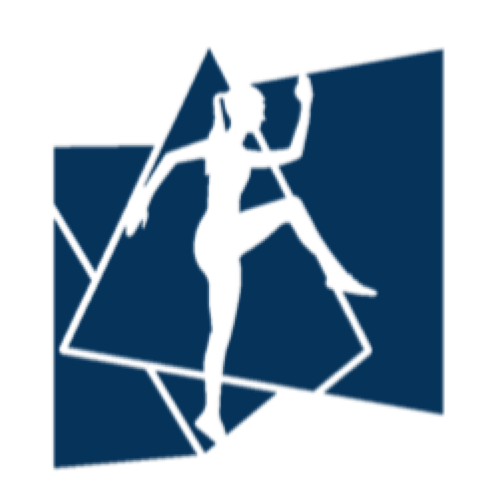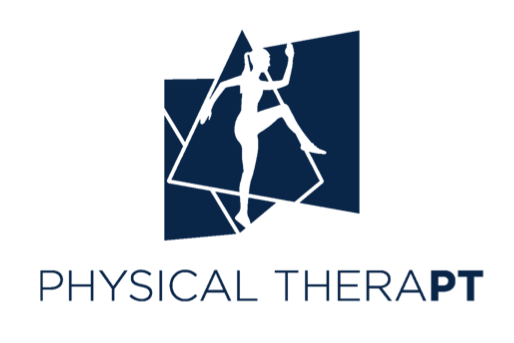If you’ve experienced a disc injury before, you’ll know immediate care is all about triaging. You need strategies to help you deal with the pain now and a plan to tackle this ASAP! Depending on your symptoms and how you got hurt, we recommend making appointments with both your physician and a rehabilitation specialist.
A physician will be able to write prescriptions, as appropriate, while ATs and PTs will be able to address your pain from a mechanical perspective. There is tons of evidence supporting various treatment modalities for the management of lumbar disc pathologies. The focus is pain resolution, restoration of function and any associated neurologic deficits associated.
At your appointment, your clinician will perform an in-depth evaluation and establish a treatment plan to address your specific and unique symptoms. This will often include:
Mobility exercises for muscle, joint, and even nerves
Stabilization exercises focused on trunk control and strengthening
Proprioception, coordination, and balance training
Functional conditioning
Phased return to sport / activity program
While you’re waiting for your appointment, there are several strategies you can try to safely mitigate your symptoms. Often, disc-related low back pain is aggravated by prolonged flexion, or bending at the waist.
Try to limit time sitting by standing or walking when you can.
Modify your work environment to allow for standing, taking seated breaks as needed. Get creative- using books, boxes or other household items to create an make-shift ergonomic solution.
When sitting, use a pillow or support behind your low back to limit rounding of the low back, or slumping.
Raising your seat height, whether in a desk chair or in the car, can help you avoid a posterior tilt of the pelvis. This position puts stretch through the muscles and nerves of the low back.
Rest lying down if unable to tolerate sitting. Try bending your knees, planting your feet on the ground to help maintain a neutral spine.
Use heat to help relax muscle spasm or guarding.
Avoid intense stretches for now- while they may feel good in the moment, this can increase muscle spasm.
Over the counter pain meds such as NSAIDs can help reduce pain. Double check each individual brand for dosage recommendations.


